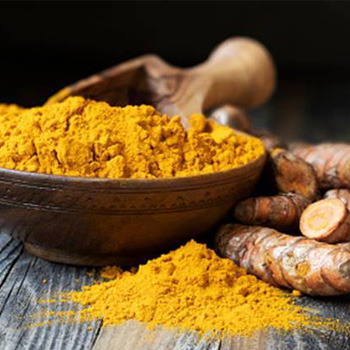Keywords
Turmeric, Hepatotoxicity, Drug Induced Liver Injury, Supplements
Abstract
Turmeric is a herbal medication and spice which has been used for thousands of years in traditional Eastern medicine for its flavour, colour, and purported anti-inflammatory, antioxidant, antineoplastic and antimicrobial properties. It has recently garnered interest and popularity worldwide for these reasons. While turmeric supplements are generally safe, some reports of toxicity are emerging. Compounds like piperine are added to turmeric to enhance its bioavailability, potentially contributing to its toxicity. Here, we describe a 55-year-old woman with progressive jaundice and elevated bilirubin and liver enzymes but no evidence of acute liver failure. She was treated with N-acetyl cysteine (NAC) for 24 hours and liver function tests (LFTs) were closely monitored. As a downtrend in LFTs was noted and the patient remained asymptomatic, she was discharged with close outpatient follow-up. LFTs eventually normalized 2 months after the initial presentation. Clinicians must keep this differential in mind when evaluating acute liver injury. With our case report, we question the utility of NAC in non-acetaminophen-related liver injury and encourage further studies.
References











